Forums
- Forums
- Duggy's Reference Hangar
- RAF Library
- The Avro Manchester
The Avro Manchester
Post a reply
- Go to Previous topic
- Go to Next topic
- Go to Welcome
- Go to Introduce Yourself
- Go to General Discussion
- Go to Screenshots, Images and Videos
- Go to Off topic
- Go to Works in Progress
- Go to Skinning Tips / Tutorials
- Go to Skin Requests
- Go to IJAAF Library
- Go to Luftwaffe Library
- Go to RAF Library
- Go to USAAF / USN Library
- Go to Misc Library
- Go to The Ops Room
- Go to Made in Germany
- Go to Campaigns and Missions
- Go to Works in Progress
- Go to Juri's Air-Raid Shelter
- Go to Campaigns and Missions
- Go to Works in Progress
- Go to Skinpacks
- Go to External Projects Discussion
- Go to Books & Resources
-
13 years agoSat Nov 11 2023, 10:27amDuggy
 Main AdminPlagued throughout its service with troublesome engines, the Manchester eventually developed into the Lancaster - probably the best bomber of World War II.
Main AdminPlagued throughout its service with troublesome engines, the Manchester eventually developed into the Lancaster - probably the best bomber of World War II.
In November 1936, the Air Ministry issued Specification P13/36 calling for a bomber capable of carry a load greater than 8,000lbs over 2,000 miles and powered by a pair of Rolls Royce X-Type engines then in development. It was also stated that the aircraft should be able to carry out dive-bombing at angles of up to 30-degees. From those designs proposed, Avro and Handley Page were ordered to produce prototype designs, but Handley Page withdrew its HP56 and proceeded with a four-engined version which eventually became the Halifax leaving Avro to proceed unopposed.
Because of the demanding specification, the Manchester was to have been an outstanding design; its enormous bomb-bay was unobstructed so that carriage of the 18ft torpedoes laid down by the Air Ministry was permissible. But it was the powerplants that were the Manchester's downfall. Rolls Royce, keen to produce as many Merlin engines as possible for other aircraft, could not devote as much development time as was necessary to the X-Type (or Vulture as it was later named). The Vulture was a complex engine - effectively two Peregrine engines joined together (one inverted on top of the other) driving a single crankshaft and with an intricate lubricating system.
Fearing the worst, Avro produced revised designs for the Manchester to accommodate other engines such as the Napier 24-valve radial then in design as well as a four-engined version with Merlins (from late 1938). Delays to the first flight of the Manchester were caused by successive design changes ordered by Rolls Royce as they revised the Vulture during 1938, but the aircraft finally took to the air on 25 July 1939. Although the engines performed well, the aircraft suffered from poor control and a long take-off even though no armament was fitted.
Changes were made to the second aircraft to rectify the control problems, namely increasing the wingspan and adding a small fin on the rear fuselage. These changes had little effect on control but the take-off run was shortened. With orders for the Manchester standing at 1,200 and Rolls Royce increasingly under pressure to concentrate on Merlin production, work on the four-engined airframe continued and showed that control could be improved by increasing the size of the twin rudders.
In August 1940, the first production aircraft was flown to Boscombe Down for tests. The engines were de-rated in an effort to improve reliability and the first Manchesters were cleared for service with No 207 Squadron at Waddington. The squadron's work-up to operational readiness as severely hampered by the unreliability of the Vulture engines and a great deal of concern was voiced when the aircraft was used in the dive-bombing role originally called for by the Air Ministry. With losses at an unacceptable rate on operations due to engine failures and enemy action, No 207 Squadron was frequently grounded whilst modifications were made to the engines with the knock-on effect of disrupting training and lowering morale on the squadron.
The Manchester's operational debut was made during a raid on German Capital ships in Brest when 6 aircraft from No 207 Squadron attacked a cruiser with 500lb armour-piercing bombs. Two nights later, the squadron attacked Germany for the first time when Cologne was the target. By April, a second squadron had formed on Manchesters, No 97, and aircraft from both units joined Bomber Command raids in the coming months. But continued problems with the engines meant further groundings, and during one such time, in April 1941, when all 40 aircraft were to have engine bearings replaced, it was discovered that repeated overheating of the Vultures was causing the oil to lose its viscosity in one-fifth of the expected time. Other modifications were made to aircraft to allow carriage of the new 4,000lb bombs.
During the summer of 1941, No 61 Squadron became the third Manchester squadron, and the first to receive a revised version featuring larger fins which cured the poor handing of the earlier aircraft. At the same time, the reliability of the Vultures increased to such an extent that in percentage terms, no more Manchesters were being lost to mechanical failure than other bomber in the Command and a further four squadrons (Nos 83, 106, 50 and 49) were re-equipped with Manchesters. Interestingly enough, the last two units, Nos 50 and 49 Squadrons, flew the aircraft for 4 months before it was eventually withdrawn in June 1942.
By the end of 1941, Manchesters were regular participants in operations over Germany with bombloads of up to 8,000lbs, but more often than not were restricted to attacking German naval vessels in the Channel ports with armour-piercing bombs. In February 1942, four Manchester squadrons were airborne over the Channel attempting to stop the Gneisenau and Scharnhorst from making good their escape from Brest in the famous 'Channel Dash', but the poor weather over the Channel prevented any aircraft from finding the convoy. Two weeks later however, Manchesters were among a raid on the Gneisenau which was now berthed in Kiel, attacking the warship with armour-piercing bombs.
Ironically, by the middle of 1942, Manchesters were being replaced by Lancasters in Bomber Command and a single aircraft from No 83 Squadron made the final operational flight during an attack on 25th/26th June 1942 on Bremen. Of the 1,200 Manchesters which had originally been ordered from Avro, only 200 were eventually produced.
Performance Statistics
Engines: Two Rolls Royce Vultures
Horsepower: Theoretically 1,760hp, in practise 1,500hp
Max Speed: 265mph at 17,000 ft
Cruising Speed: 185 mph at 15,000 ft
Ceiling: 19,200 ft
Range: 1630 miles with 8,100lb of bombs, 1200 miles with 10,350lb of bombs
Span: 90 feet 1 inch
Length: 69 ft 4 inches
Bomb load: 10,350lb
Front turret: FN5
Rear turret: FN20
Dorsal turret: FN7/ FN21A
Below prototype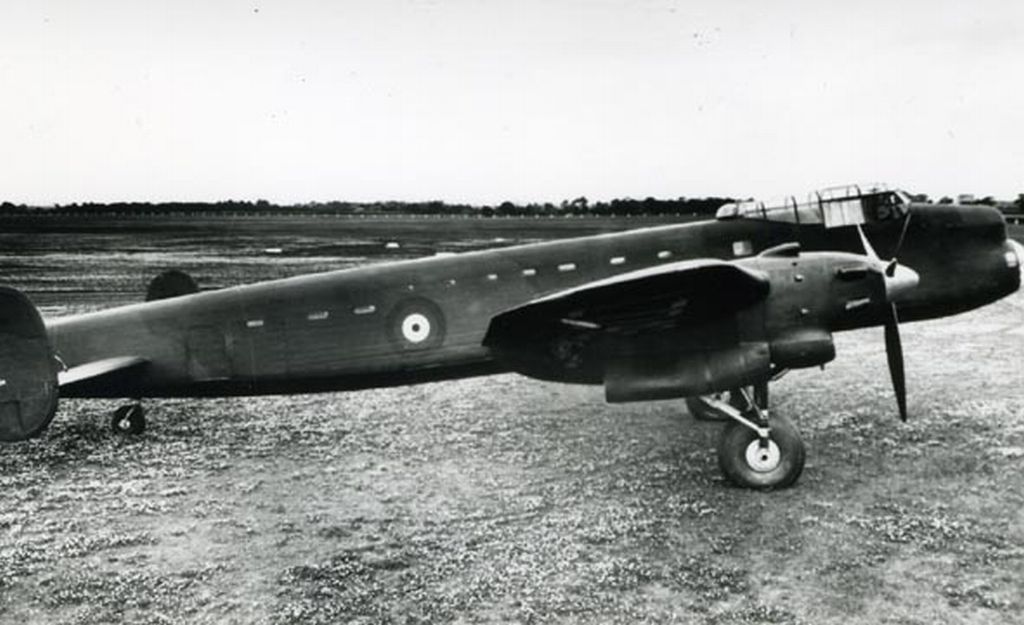
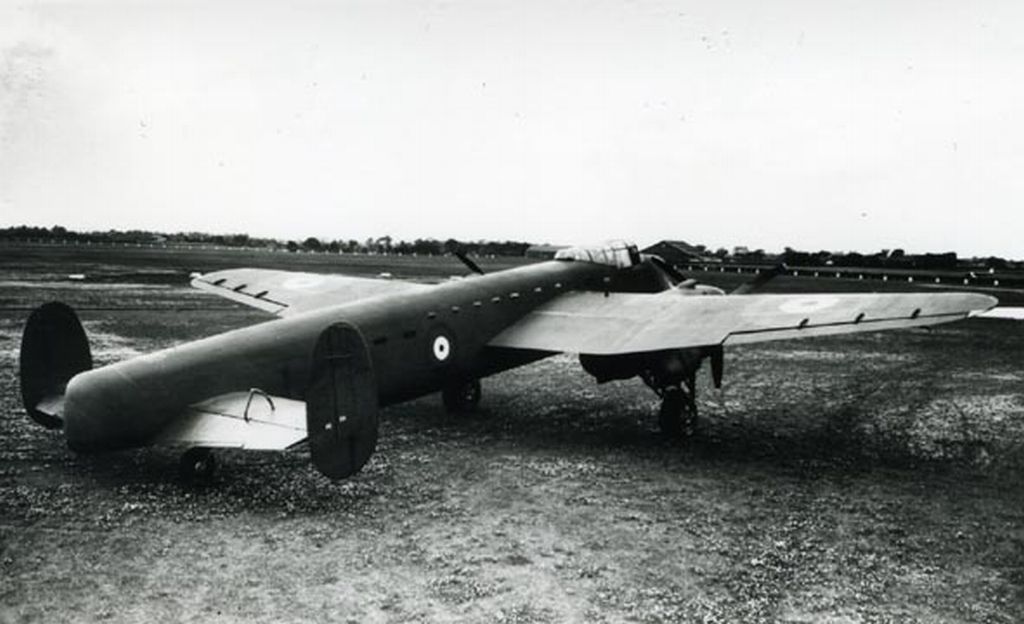
Below prototype with first fin to help with directional control.
Below Mk I with revised fin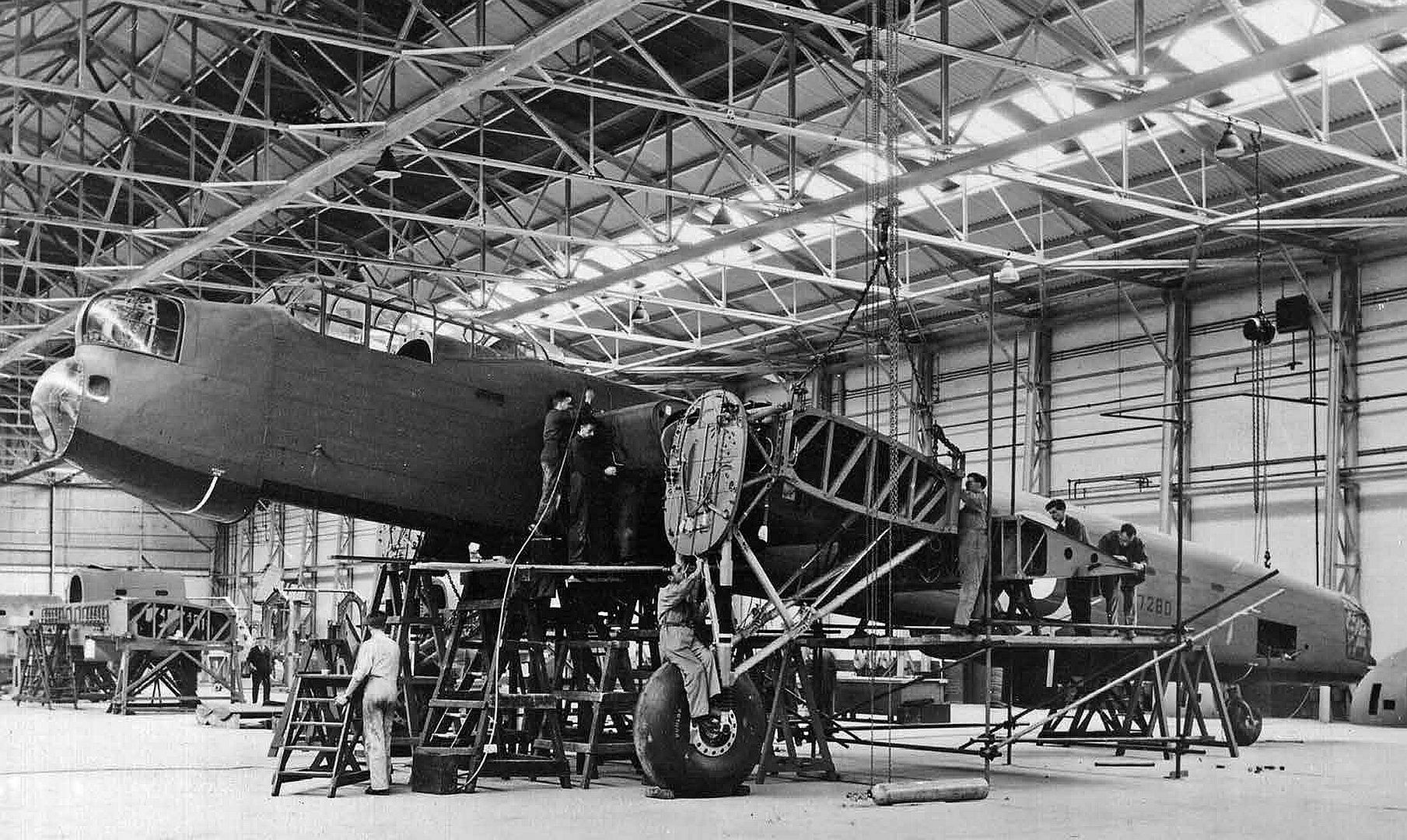
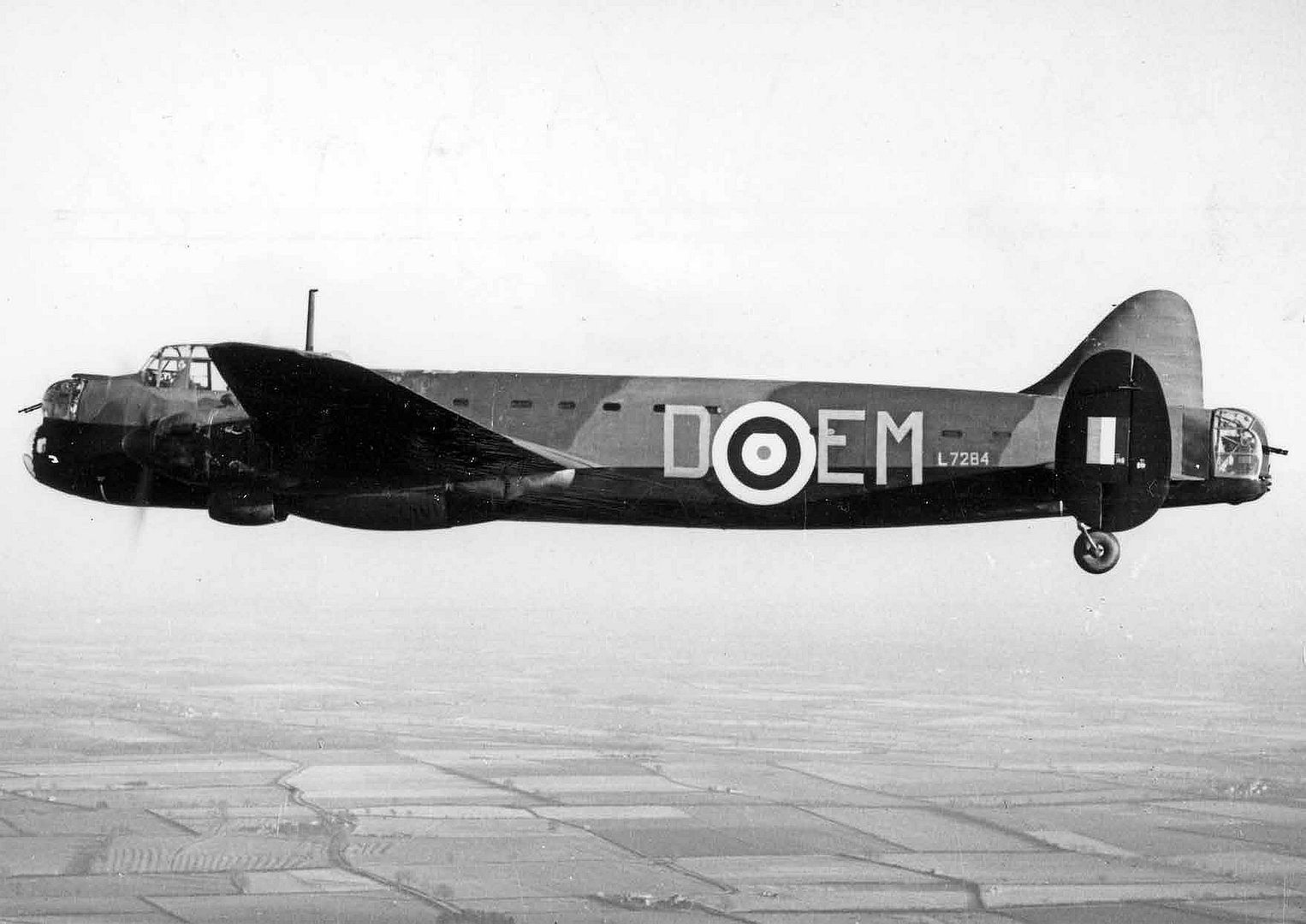
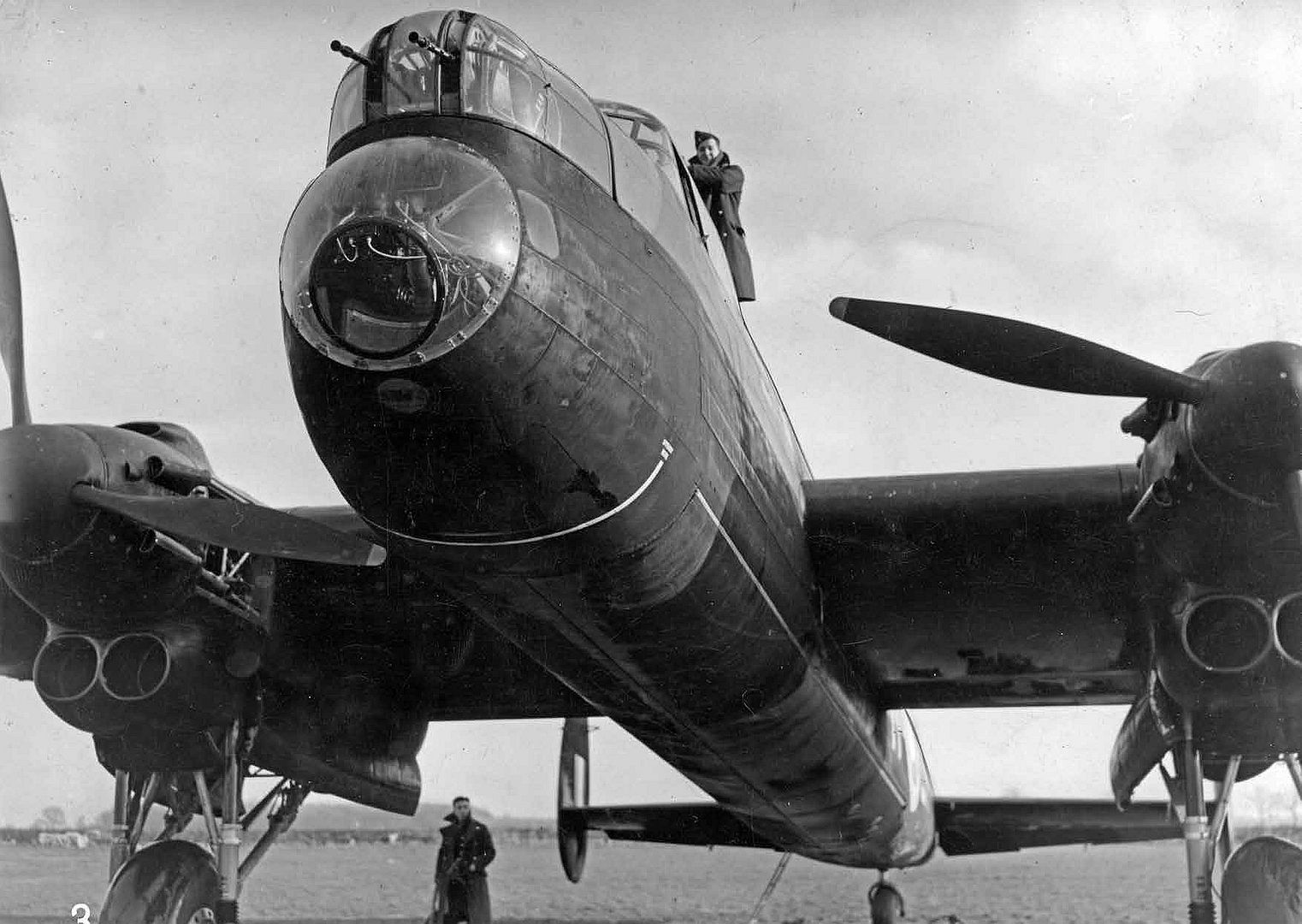

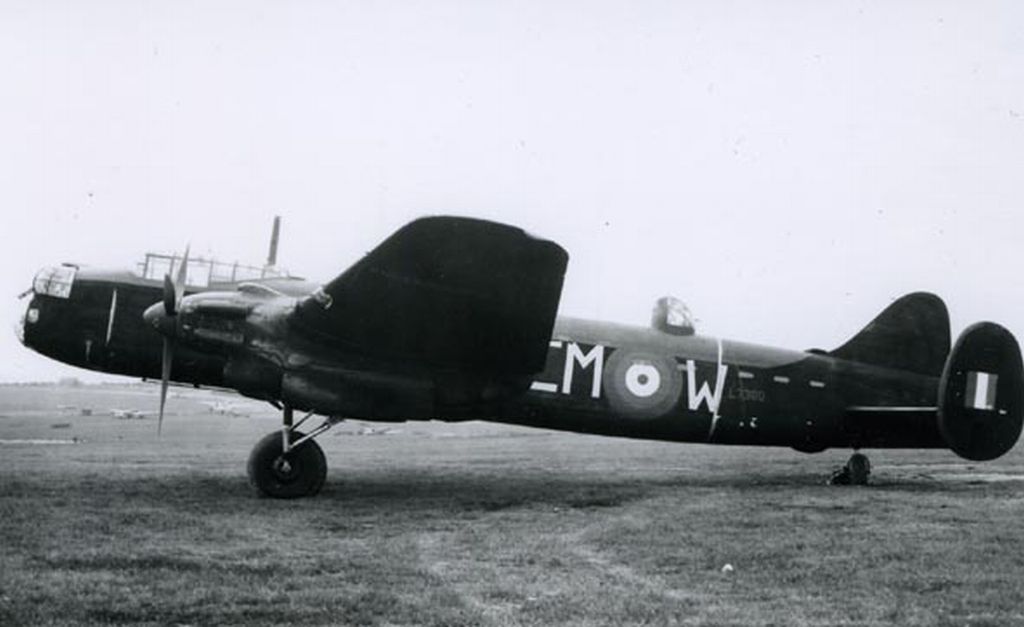
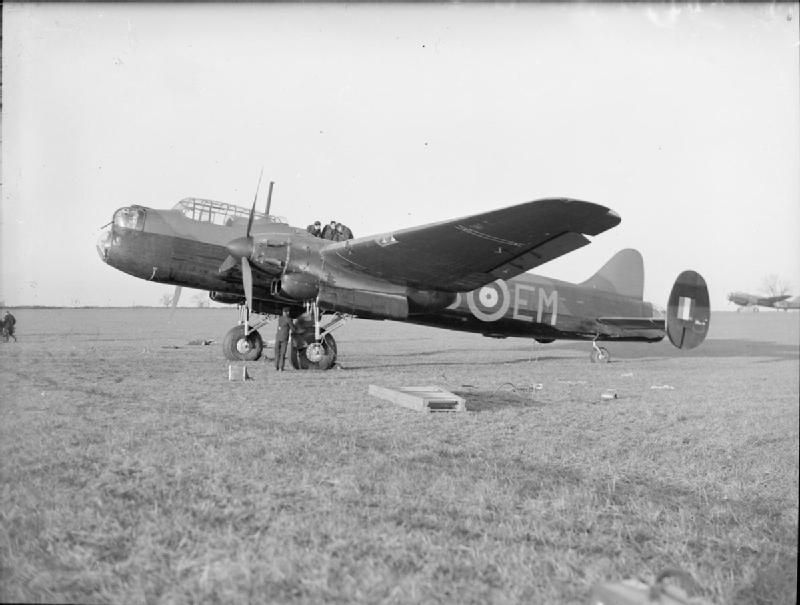

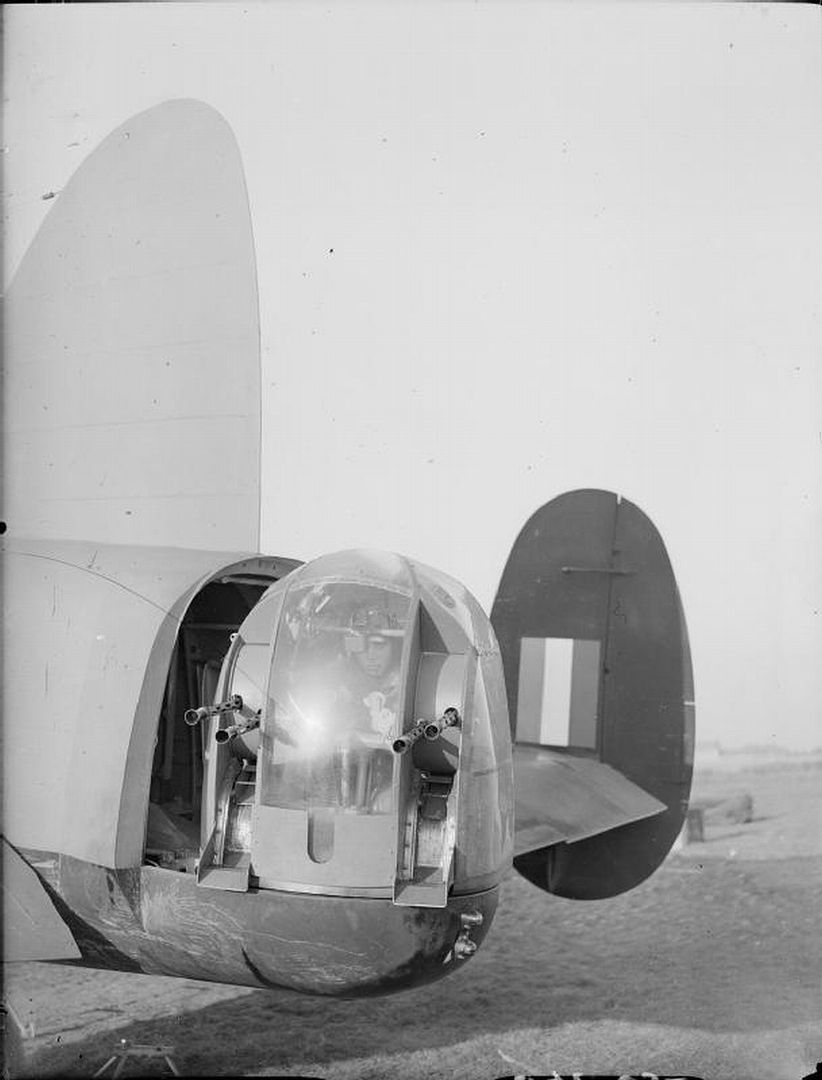
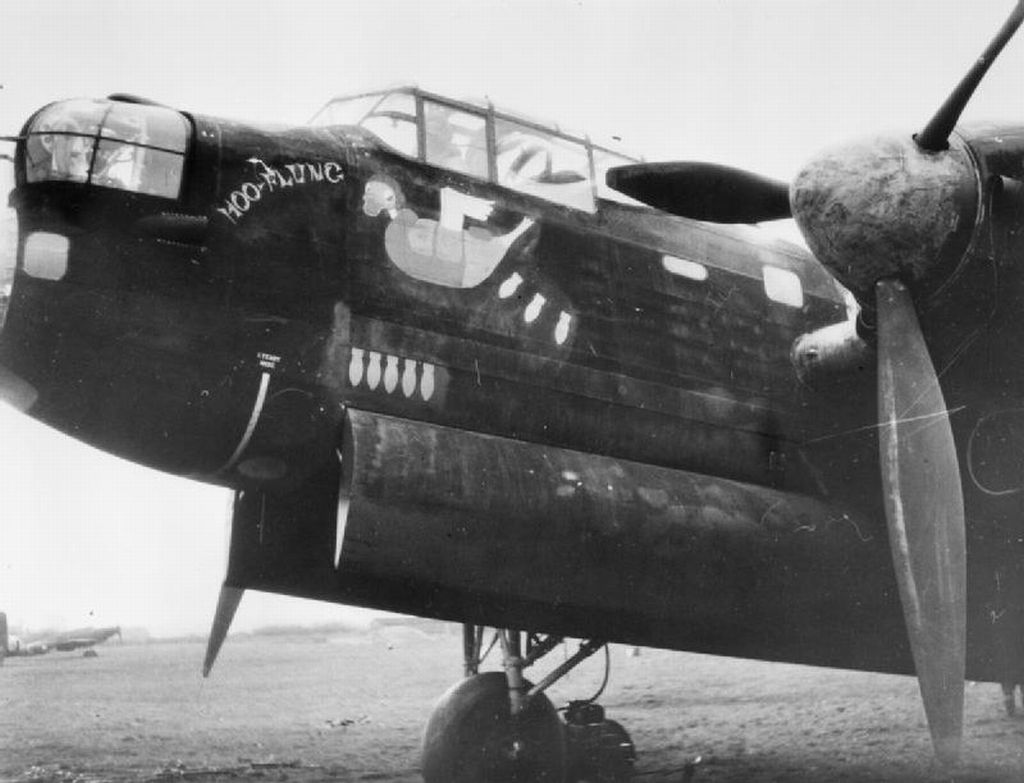
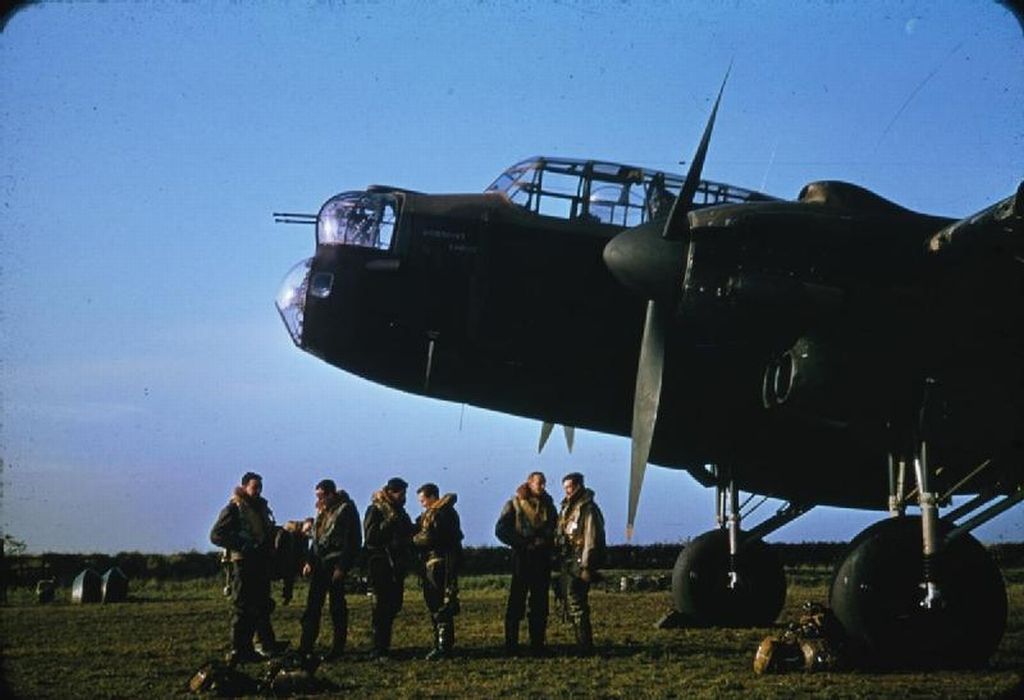
Below cockpit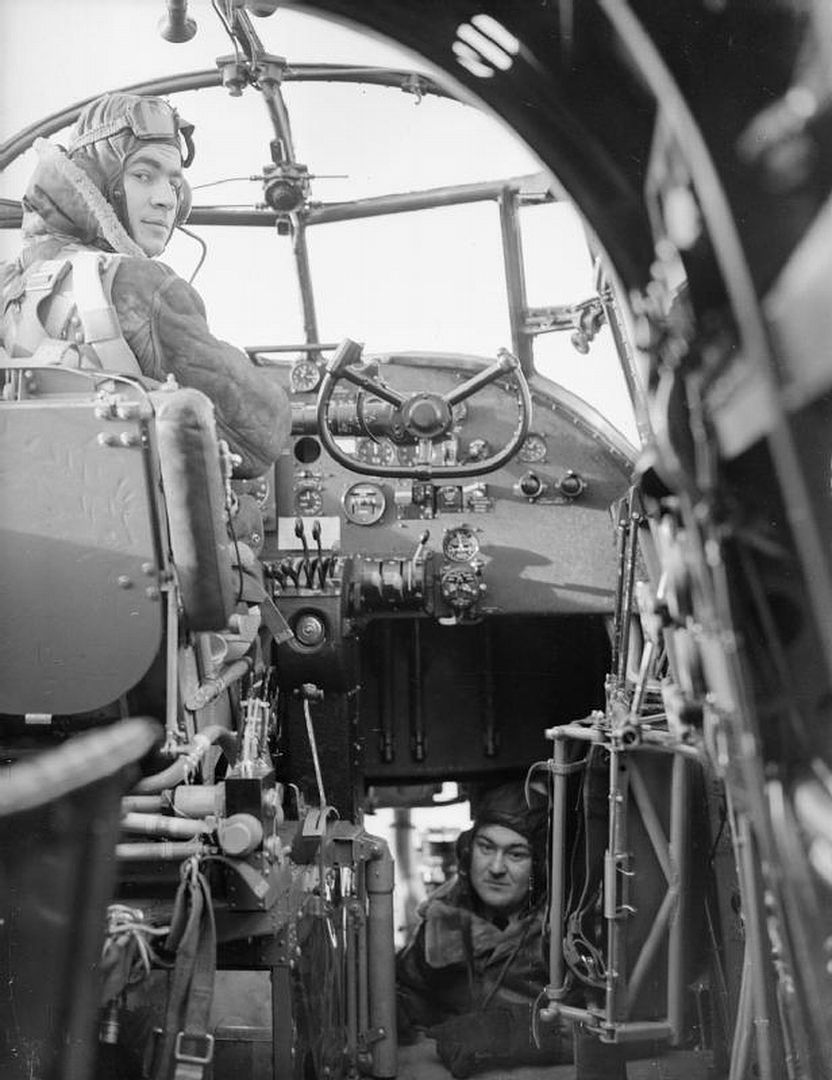
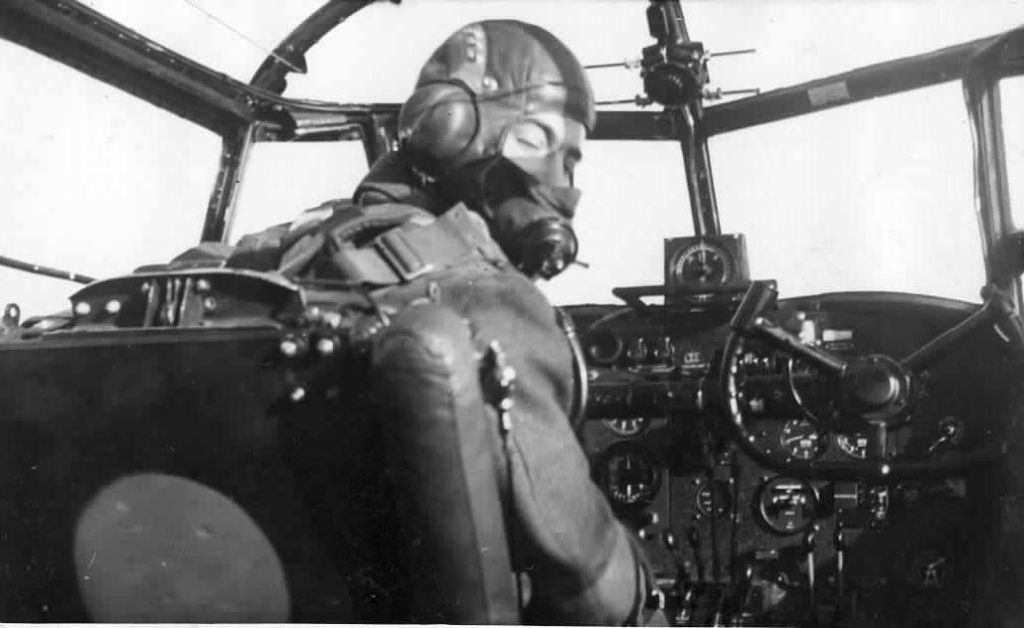
Below Mk Ia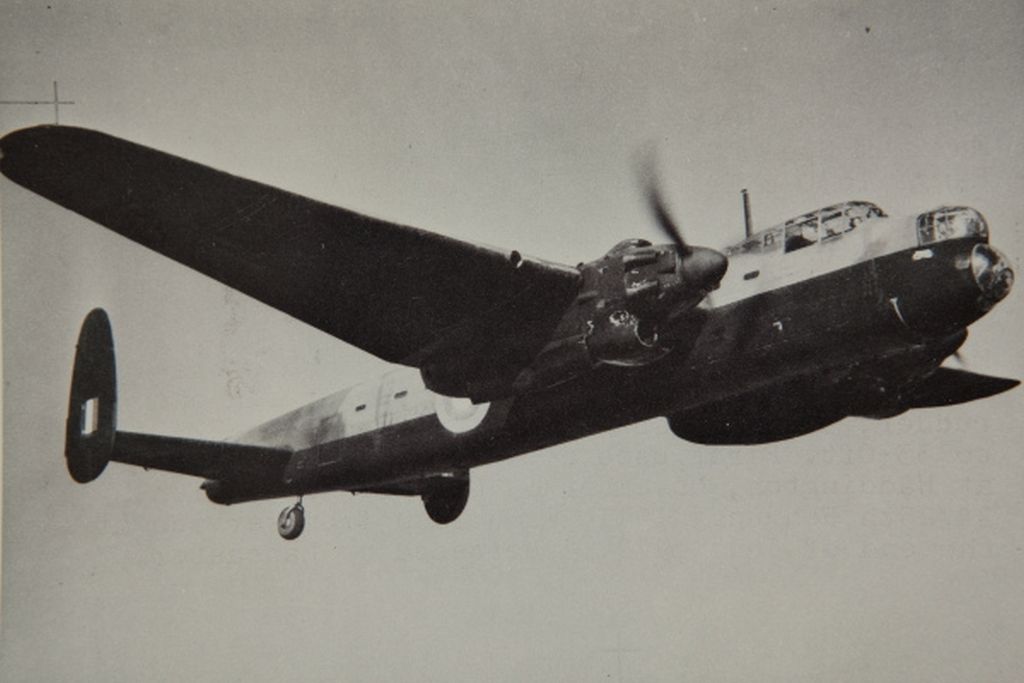
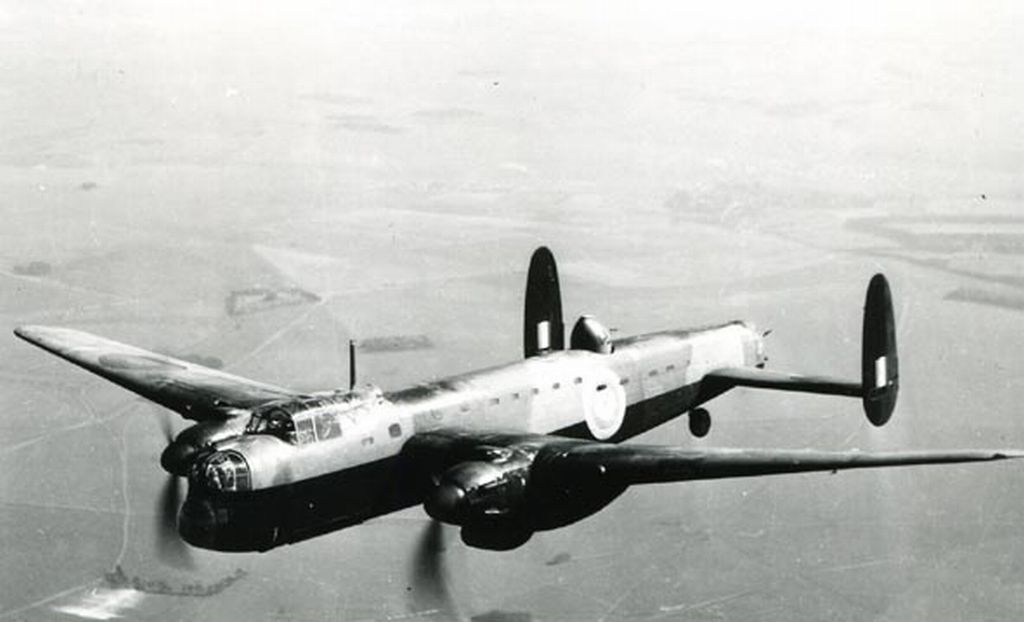
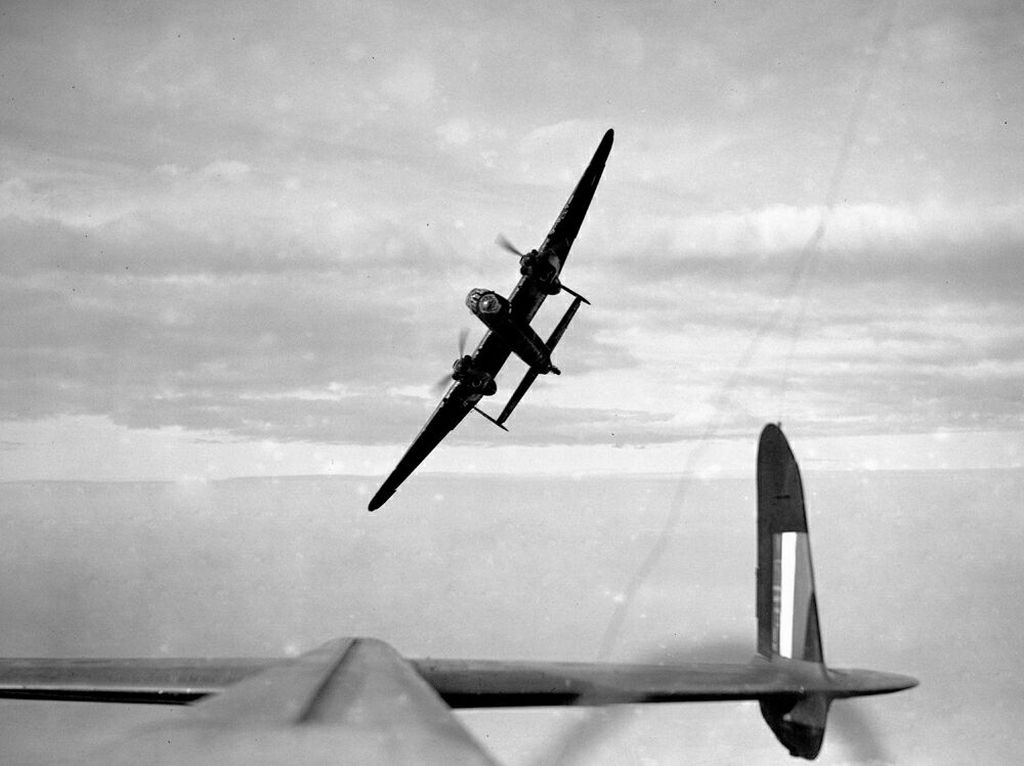
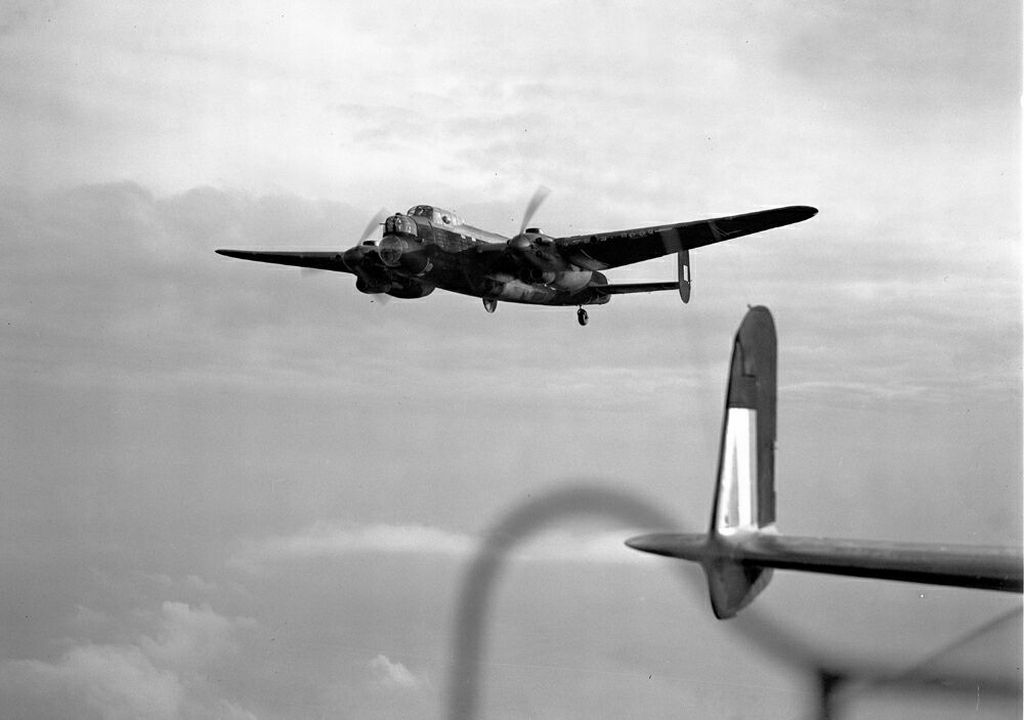

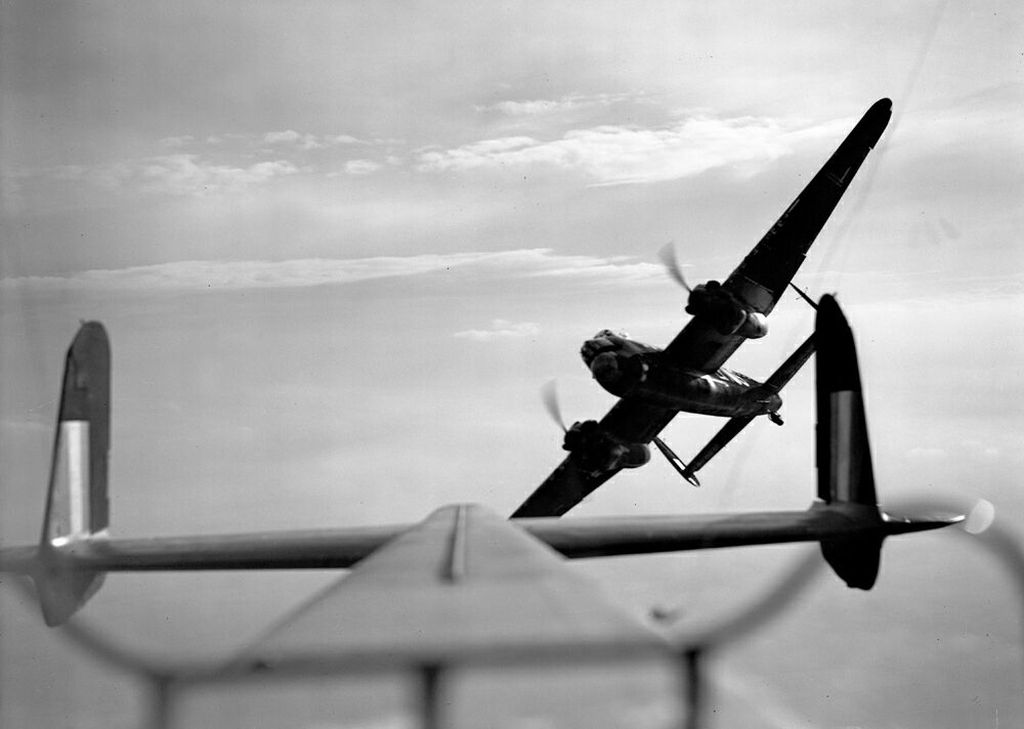
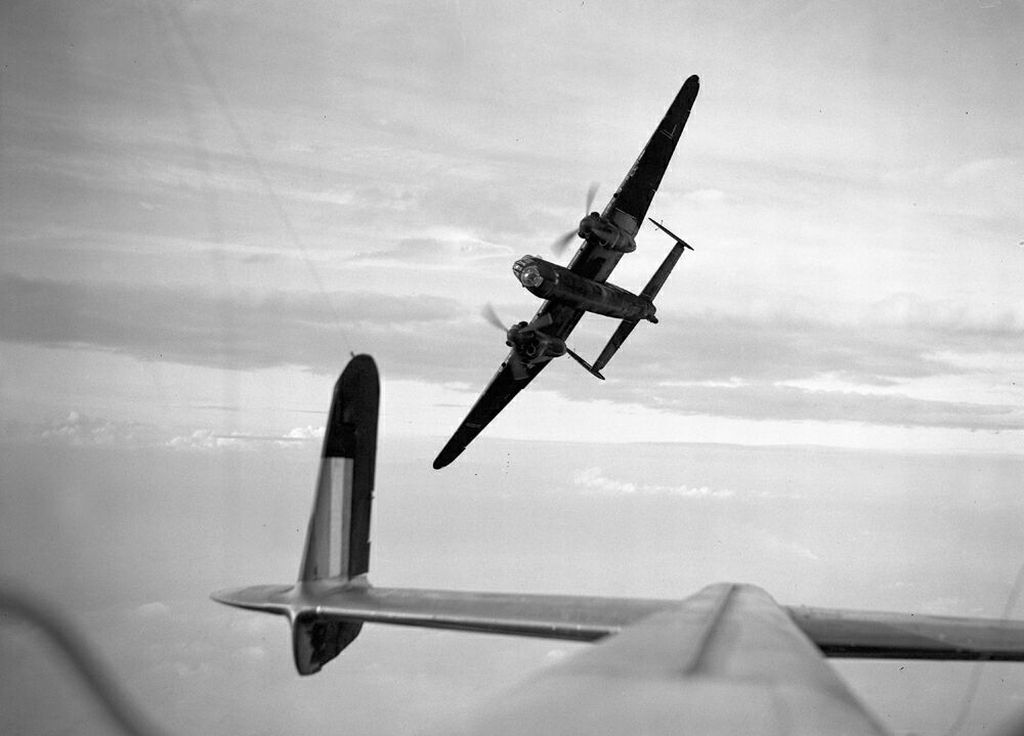
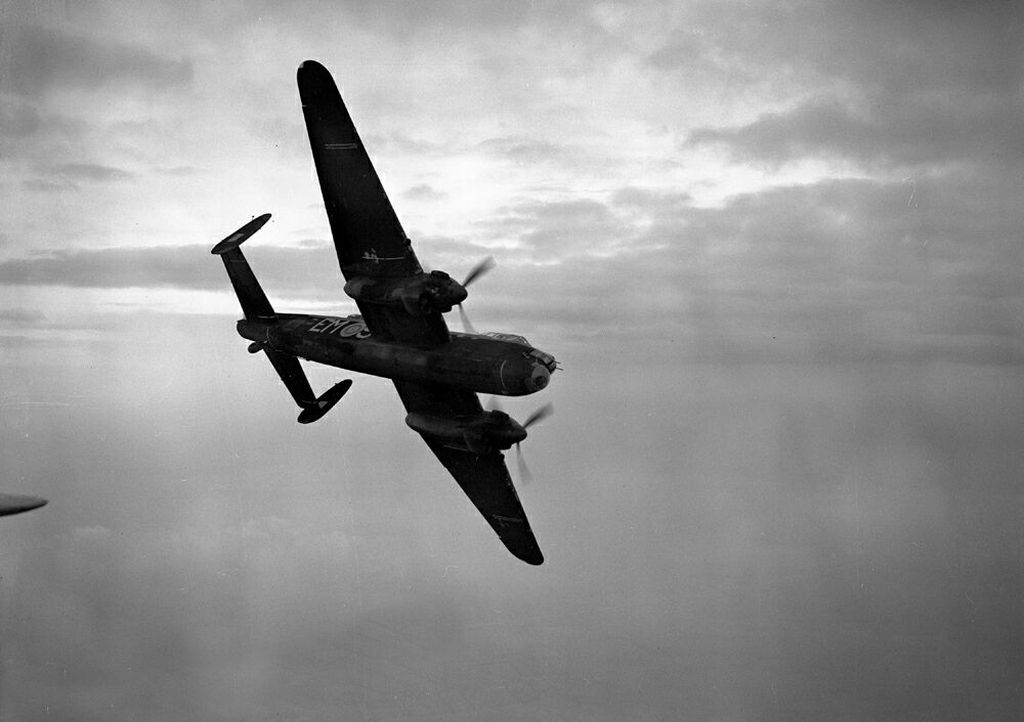
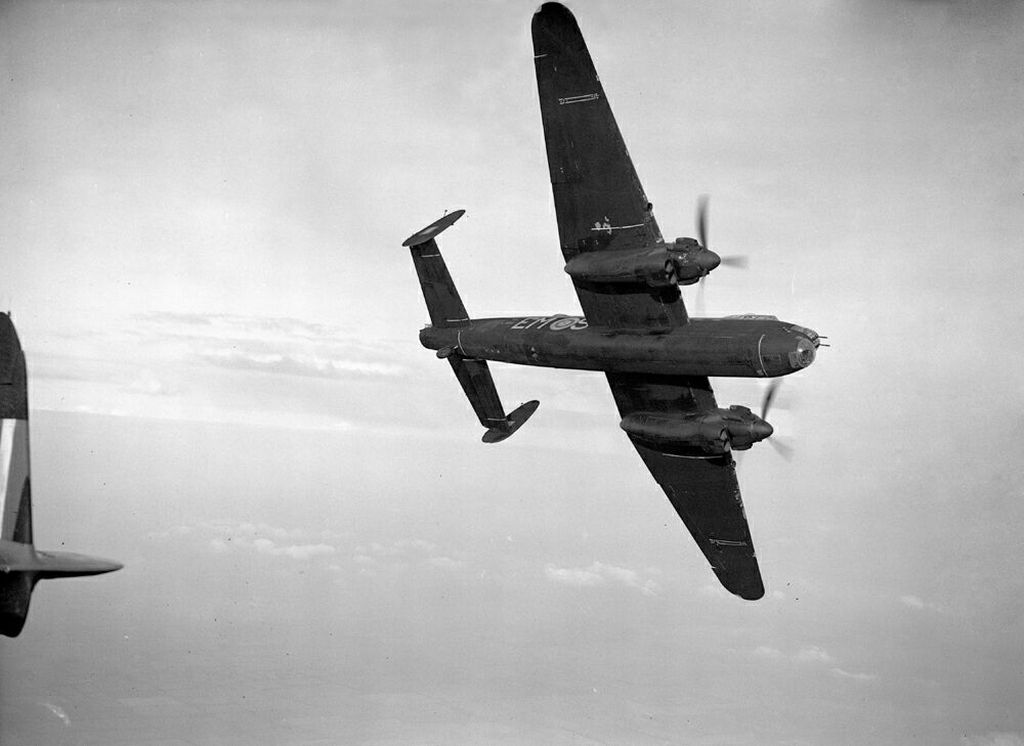
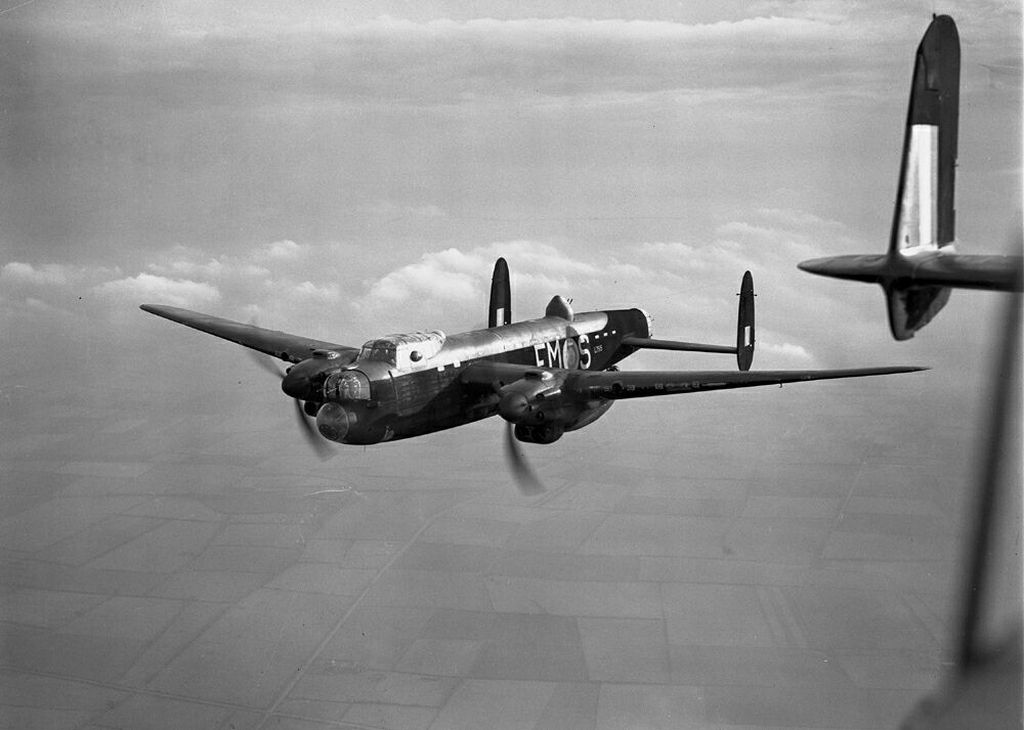
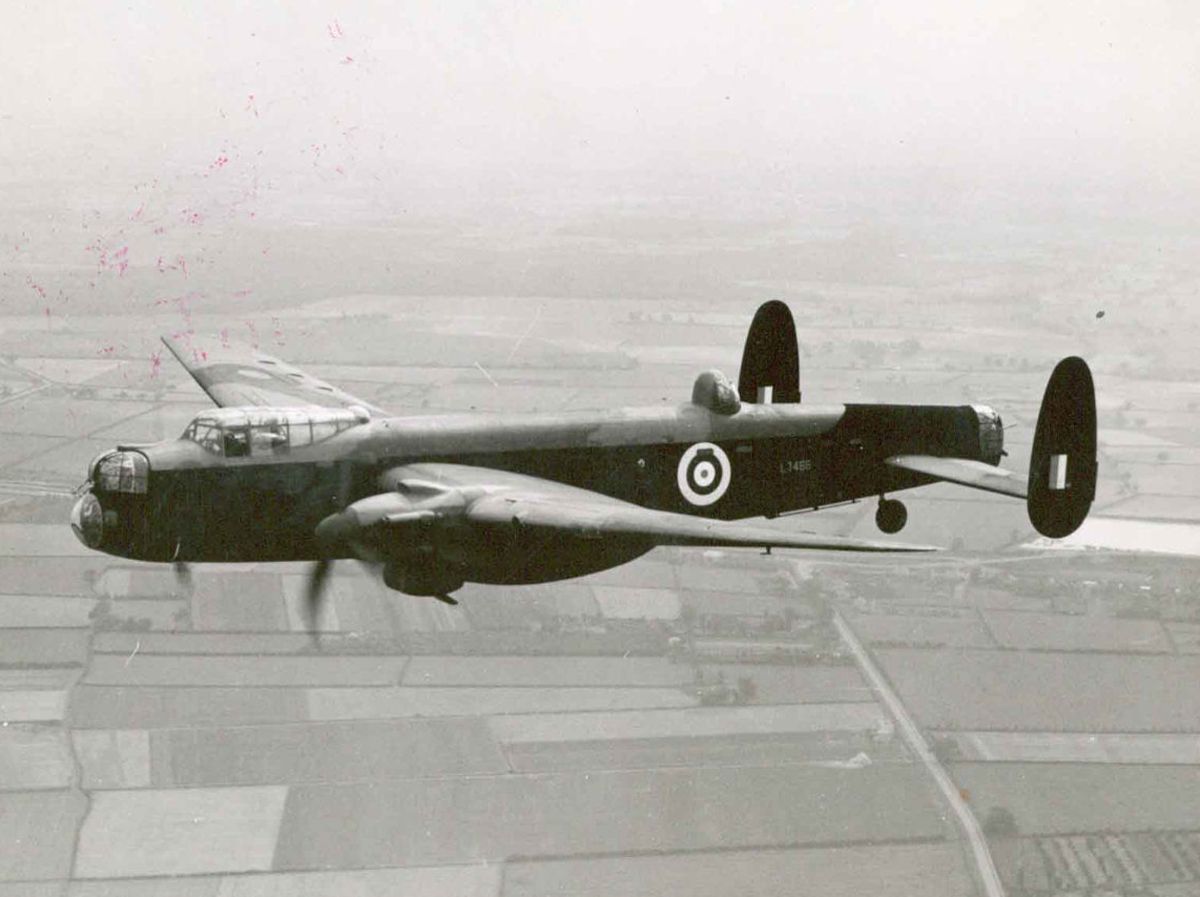
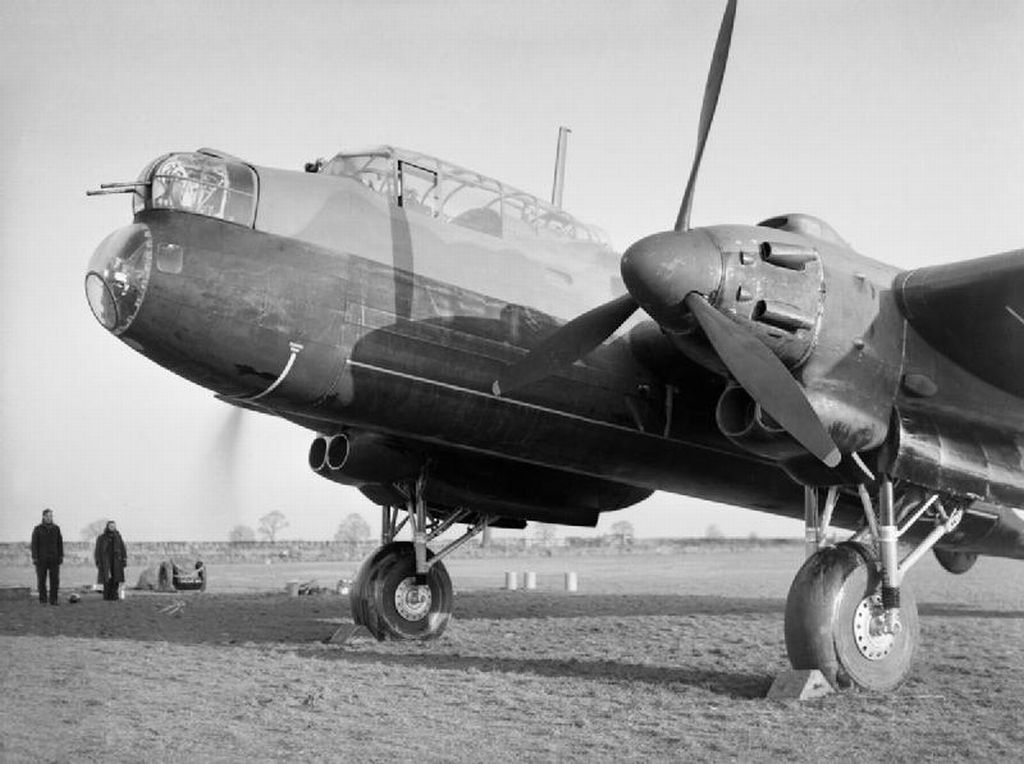
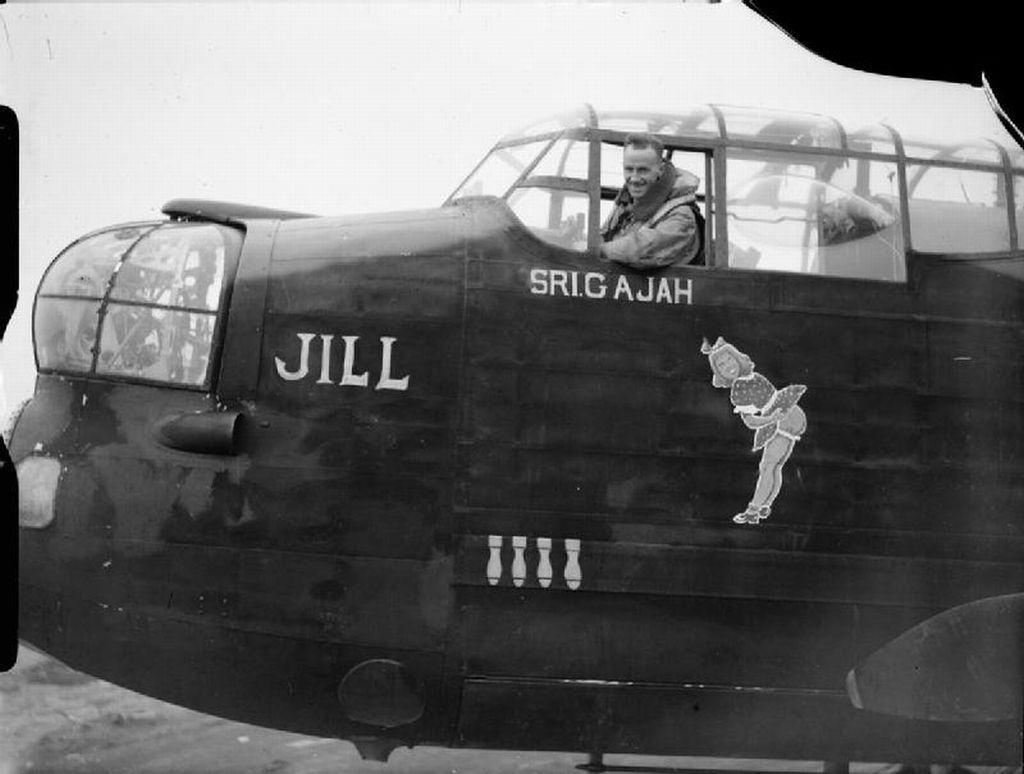
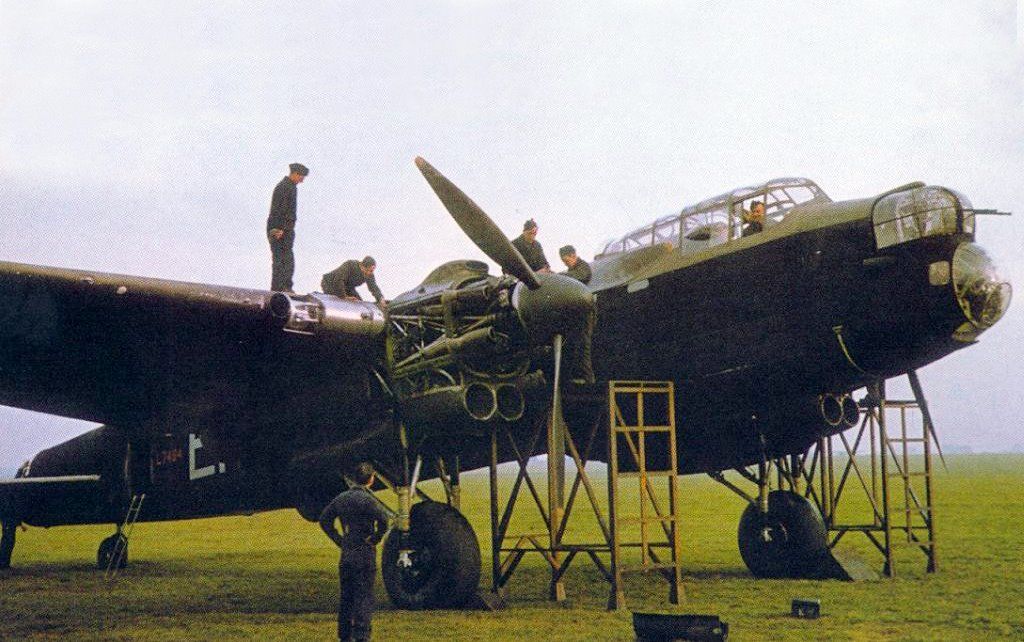
Regards Duggy -
12 years ago
 Level 1Initially a sad airplane but look at it's progeny all directly related....Lancaster. Lincoln, Shackleton, York, Lancastrian and Lincolnian.
Level 1Initially a sad airplane but look at it's progeny all directly related....Lancaster. Lincoln, Shackleton, York, Lancastrian and Lincolnian.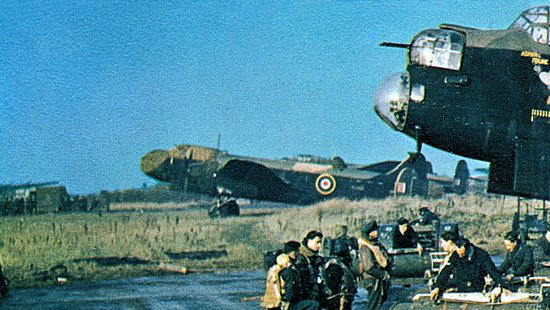
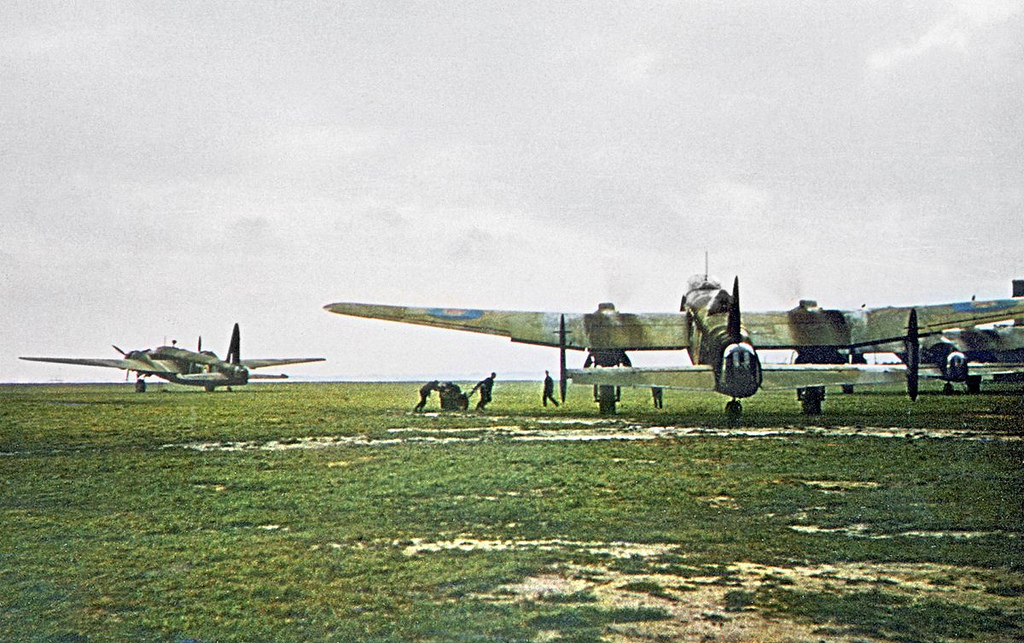
Post a reply
- Go to Previous topic
- Go to Next topic
- Go to Welcome
- Go to Introduce Yourself
- Go to General Discussion
- Go to Screenshots, Images and Videos
- Go to Off topic
- Go to Works in Progress
- Go to Skinning Tips / Tutorials
- Go to Skin Requests
- Go to IJAAF Library
- Go to Luftwaffe Library
- Go to RAF Library
- Go to USAAF / USN Library
- Go to Misc Library
- Go to The Ops Room
- Go to Made in Germany
- Go to Campaigns and Missions
- Go to Works in Progress
- Go to Juri's Air-Raid Shelter
- Go to Campaigns and Missions
- Go to Works in Progress
- Go to Skinpacks
- Go to External Projects Discussion
- Go to Books & Resources
